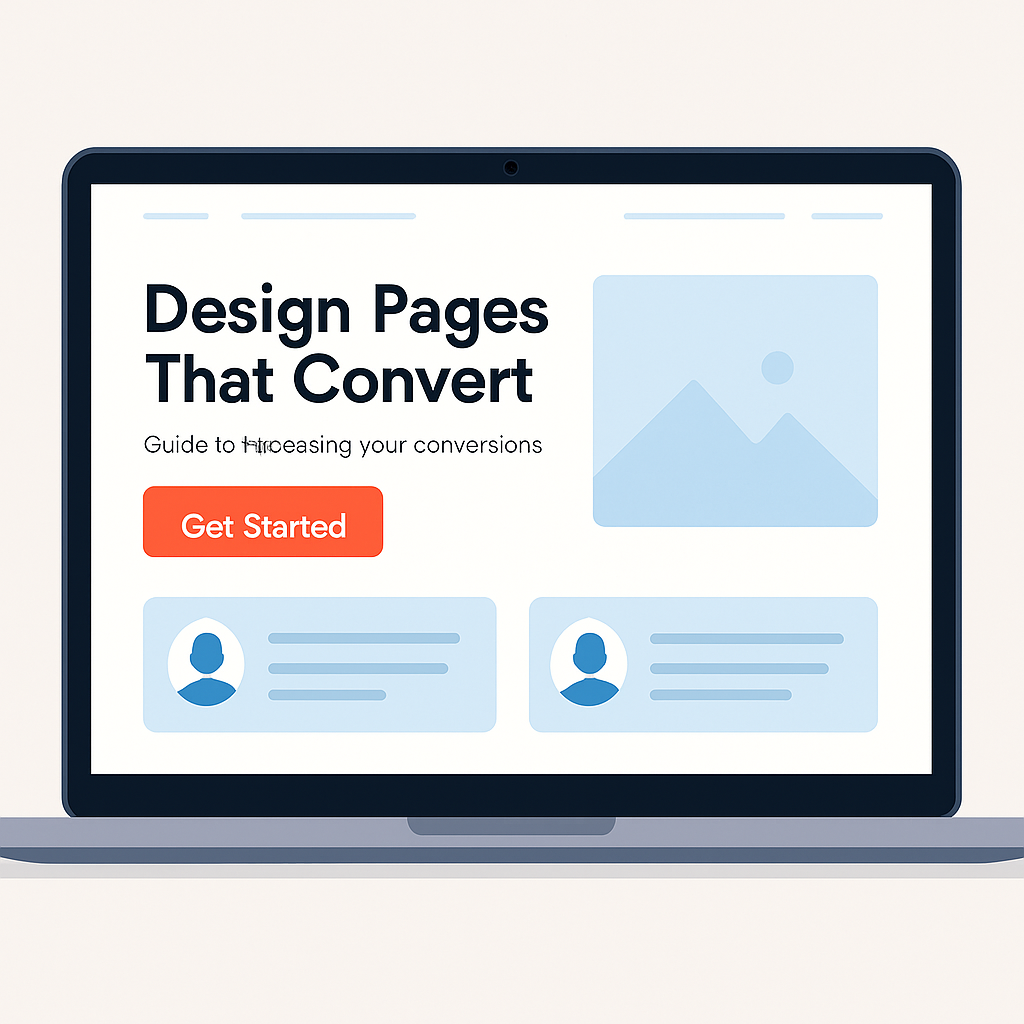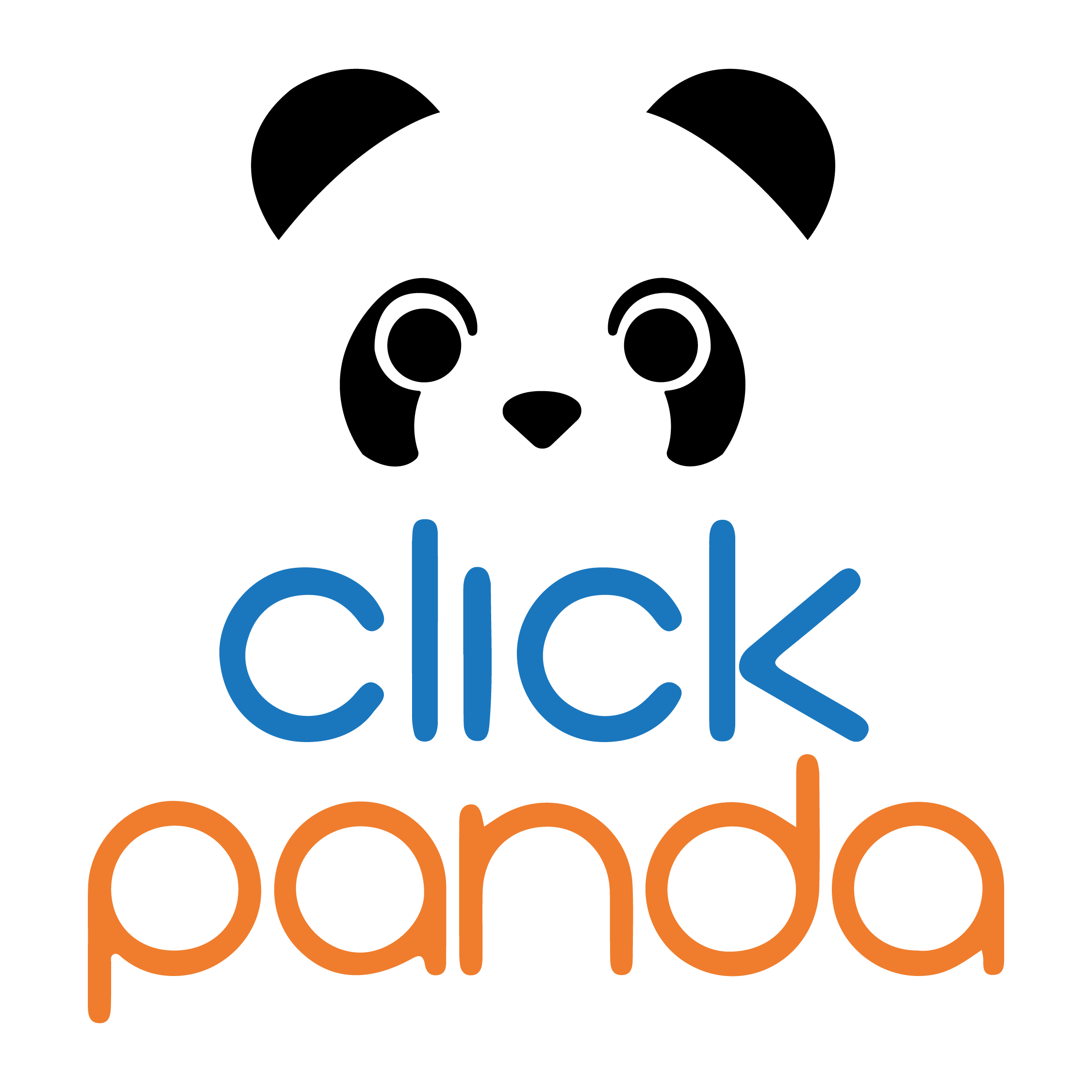
Introduction
Web design is much more than just creating a beautiful site. If your goal is to increase conversions and turn visitors into customers, you need to design pages that convert. This means not only having an attractive visual design, but also optimizing the user experience (UX) and creating a navigation flow that guides users to the desired action.
Whether your goal is to sell products, get signups or increase interactions, your page must be able to capture attention, maintain interest and, most importantly, convert. In this article, we'll explore web design best practices for creating conversion-optimized pages. With practical examples and useful tips, you will learn how to make your page not only attractive, but also functional and effective.
Table of Contents
User-centered design
What it is: A user-centered design puts the visitor at the center of the experience. The page should be intuitive, easy to navigate and should guide the user towards the conversion goal.
Why it is important: If the visitor does not understand how to navigate or encounters obstacles, he or she is likely to leave the site without taking action.
Key elements:
Simple and clear navigation.
Visible calls to action (CTA).
Example: A CTA button in an eye-catching color located in a visible place increases the likelihood that the user will click.
Optimized loading speed
What it is: Load speed refers to how long it takes for a page to load completely. A slow site can cause users to abandon before the content appears.
Why it is important: The conversion rate can drop significantly if the site takes too long to load. Google also takes loading speed into account as an SEO factor.
Key elements:
Image optimization.
Use of CDN to deliver content quickly.
Example: An e-commerce site with images optimized for fast loading has a higher probability of conversion, since it reduces waiting times.
Clear and visible calls to action
What it is: CTAs guide users to take a specific action, such as buying, registering or contacting.
Why it is important: If CTAs are not visible or are confusing, users may abandon without interacting.
Key elements:
Contrasting color.
Clear texts such as "Buy now" or "Get access".
Example: Placing a CTA at the top and a replay at the bottom ensures that the user can interact no matter how they scroll.
Your website should be like Iron Man's suit: attractive, functional and ready for any challenge. From the first impression to the final click, every second counts to guide your users to the desired action.
Responsive Design
What it is: Responsive design ensures that the website looks good and works correctly on different sized devices, such as mobile, tablet and desktop.
Why it is important: With the increase of mobile users, a non-responsive site can frustrate users, negatively affecting conversions.
Key elements:
Mobile optimization.
Compatibility testing on various devices.
Example: A responsive design allows users to easily purchase products from their mobile devices, which increases conversions.
For more information about how to build a new website for your company, we invite you to read our article about the 7 signs that you need a new website for your business. You can find out more here.
A/B testing to improve conversion
What it is: A/B testing allows you to compare two versions of a page to see which one performs better in terms of conversion.
Why it is important: A/B testing allows you to make decisions based on data, not assumptions.
Key elements:
Change only one element at a time.
Analysis of results to determine which variant offers the best results.
Example: You can test two versions of a product page with different button colors or descriptions and see which one generates more purchases.
Are you ready to optimize your website and increase your conversions? With ClickPanda, you can create web pages designed specifically to convert, with easy-to-use tools and expert support.
Conclusion:
Web design isn't just about creating an attractive site, it's about creating an experience that converts visitors into customers. From intuitive design to clear CTAs and mobile optimization, each element plays a crucial role in the success of your website. By following these design practices and performing A/B testing, you can maximize your conversions and ensure your website is optimized to meet your business goals.
Apply these strategies, test, adjust and constantly improve. Your site can go from being just another civilian... to become a real Avenger of conversions.








